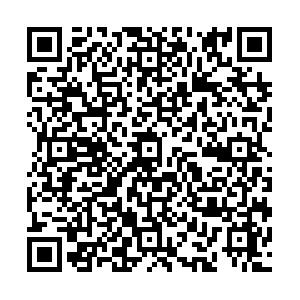摘要:
使用电子枪对ECR(Electron Cyclotron Resonance)等离子体注入外电子束是继铝衬弧腔、偏压盘之后,对等离子体电子的额外补充的又一种手段,通过向弧腔中注入一定能量与流强的电子束,以期提高引出束流的流强与电荷态。但由于该方法可控参数繁多,经验积累与报道资料都很少,且设计与操作远不如偏压盘等手段简便,故一直未能得到深入研究。通过以三维仿真软件CST粒子工作室对注入到弧腔电子束的运动轨迹的模拟结果为依据、以18 GHz ECR蒸发冷却源为平台,进行了ECR等离子体注入电子束的实验,结果表明:在一定实验条件下,当注入电子束能量超过1 800 eV时,会产生一种引出的离子束流的激增现象。在这个现象中,脉冲与直流的流强均比未注入电子时要高,束流电荷态向高价方向移动,且可通过控制实验条件来控制这种现象。最后对于这种电子并未通过共振面,却能起到提高电荷态与流强的作用进行了分析与讨论,并认为该现象在改善直流束与脉冲束性能的方面都有着积极的意义。
The injection of the electron beam into the ECR (Electron Cyclotron Resonance)plasma by electron gun is a new method for the additional supplementary of the plasma electron, following the aluminum chamber wall and the bias plate, we are expecting for the higher current and charge state of the ion beam with it. However, because of the controllable parameter's variety, the lack of the accumulation of experience and data, and the shortage of convenience in designing and experimental practicing compared by biased disk and other means,it has always not been intensively studied. In this article, we take the 18 GHz ECR Ion Source using evaporative cooling technique as experimental platform, do the experiment of injecting electron into ECR plasma base on the simulation result of the electron beam's path in ECR's chamber by the 3D simulation software CST the particle studio. It shows that a pulsing leap of the current of the extracting ion beam appears when the injecting electron's energy is above 1 800 eV. In the mean time, the top of the pulse and the average current of the ion beam rises, the ionization state moves to a higher level. This phenomenon can be turned on and off by controlling the experimental condition. At the last part of the article, we discuss this improvement of the current and charge state of the ion beam despite of the position's missing between the injection of electron beam and the resonance surface, and hold the opinion that this phenomenon is positive to both pulsed and direct beam.
Abstract:
The injection of the electron beam into the ECR (Electron Cyclotron Resonance)plasma by electron gun is a new method for the additional supplementary of the plasma electron, following the aluminum chamber wall and the bias plate, we are expecting for the higher current and charge state of the ion beam with it. However, because of the controllable parameter's variety, the lack of the accumulation of experience and data, and the shortage of convenience in designing and experimental practicing compared by biased disk and other means,it has always not been intensively studied. In this article, we take the 18 GHz ECR Ion Source using evaporative cooling technique as experimental platform, do the experiment of injecting electron into ECR plasma base on the simulation result of the electron beam's path in ECR's chamber by the 3D simulation software CST the particle studio. It shows that a pulsing leap of the current of the extracting ion beam appears when the injecting electron's energy is above 1 800 eV. In the mean time, the top of the pulse and the average current of the ion beam rises, the ionization state moves to a higher level. This phenomenon can be turned on and off by controlling the experimental condition. At the last part of the article, we discuss this improvement of the current and charge state of the ion beam despite of the position's missing between the injection of electron beam and the resonance surface, and hold the opinion that this phenomenon is positive to both pulsed and direct beam.

 点击查看大图
点击查看大图




 下载:
下载:
 甘公网安备 62010202000723号
甘公网安备 62010202000723号